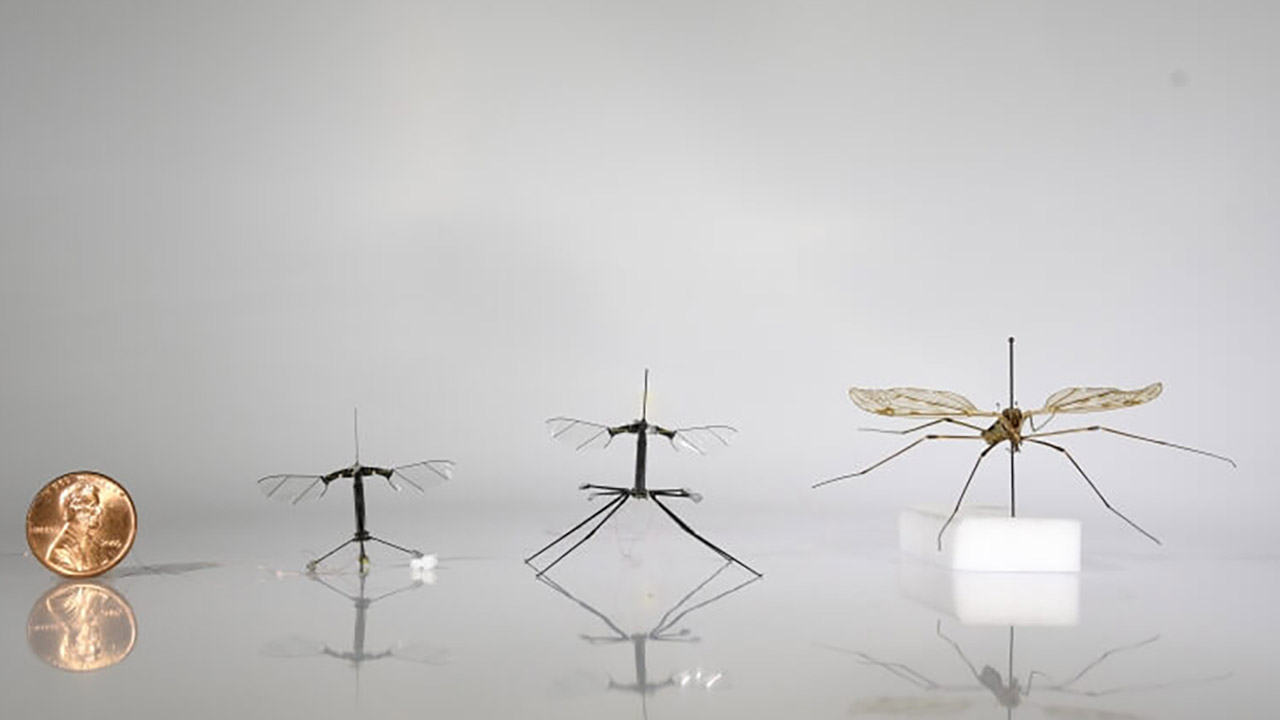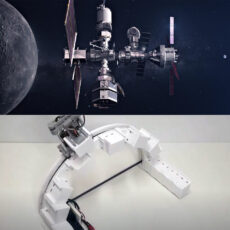
Photo credit: Harvard
Harvard’s RoboBee is an amazing micro-robot, and its special design as well as abilities make it a standout in the world of miniature robotics, especially with its new legs inspired by crane flies.
Made by the Harvard Microrobotics Laboratory, led by Professor Robert Wood, and the Wyss Institute for Biologically Inspired Engineering, this robot takes ideas from how bees and flies move and work together, copying their flight as well as collective behavior.
- Due to platform compatibility issue, the DJI Fly app has been removed from Google Play. DJI Neo must be activated in the DJI Fly App, to ensure a...
- Lightweight and Regulation Friendly - At just 135g, this drone with camera for adults 4K may be even lighter than your phone and does not require FAA...
- Palm Takeoff & Landing, Go Controller-Free [1] - Neo takes off from your hand with just a push of a button. The safe and easy operation of this drone...

It’s really small, with wings just 1.2 inches wide and weighing only 80–100 milligrams (about as heavy as a honeybee), making it one of the tiniest human-made things that can fly. RoboBee’s body is built using a “pop-up” method, like origami or pop-up books. Laser-cut layers of materials (like carbon fiber, polyester film, and polyimide) are stacked flat and folded into a 3D electromechanical structure. This method allows precise, efficient assembly at a sub-millimeter scale, a major engineering feat for mass production potential.

Older versions had two thin wings, but the newest one, called RoboBee X-Wing, has four wings for better lift and efficiency. The wings flap 120–150 times a second, just like insect wings. The robot uses piezoelectric actuators—thin ceramic strips that stretch and shrink when electricity hits them—as “fake muscles” to move the wings. These are packed with energy but delicate, needing protection when landing. Thin plastic hinges work as joints for wing twisting, and each wing can be moved on its own right away.

The team, including student Christian Chan and former researcher Nak-seung Patrick Hyun, added long, bendy legs based on the crane fly, known for landing gently. These soft legs let RoboBee land lightly on fragile things like leaves, soaking up bumps and keeping its delicate piezoelectric actuators safe from damage during crashes or rough landings.
The successful landing of any flying vehicle relies on minimizing the velocity as it approaches the surface before impact and dissipating energy quickly after the impact. Even with the tiny wing flaps of RoboBee, the ground effect is non-negligible when flying close to the surface, and things can get worse after the impact as it bounces and tumbles,” said Nak-seung Patrick Hyun, Assistant Professor at Purdue University.
















